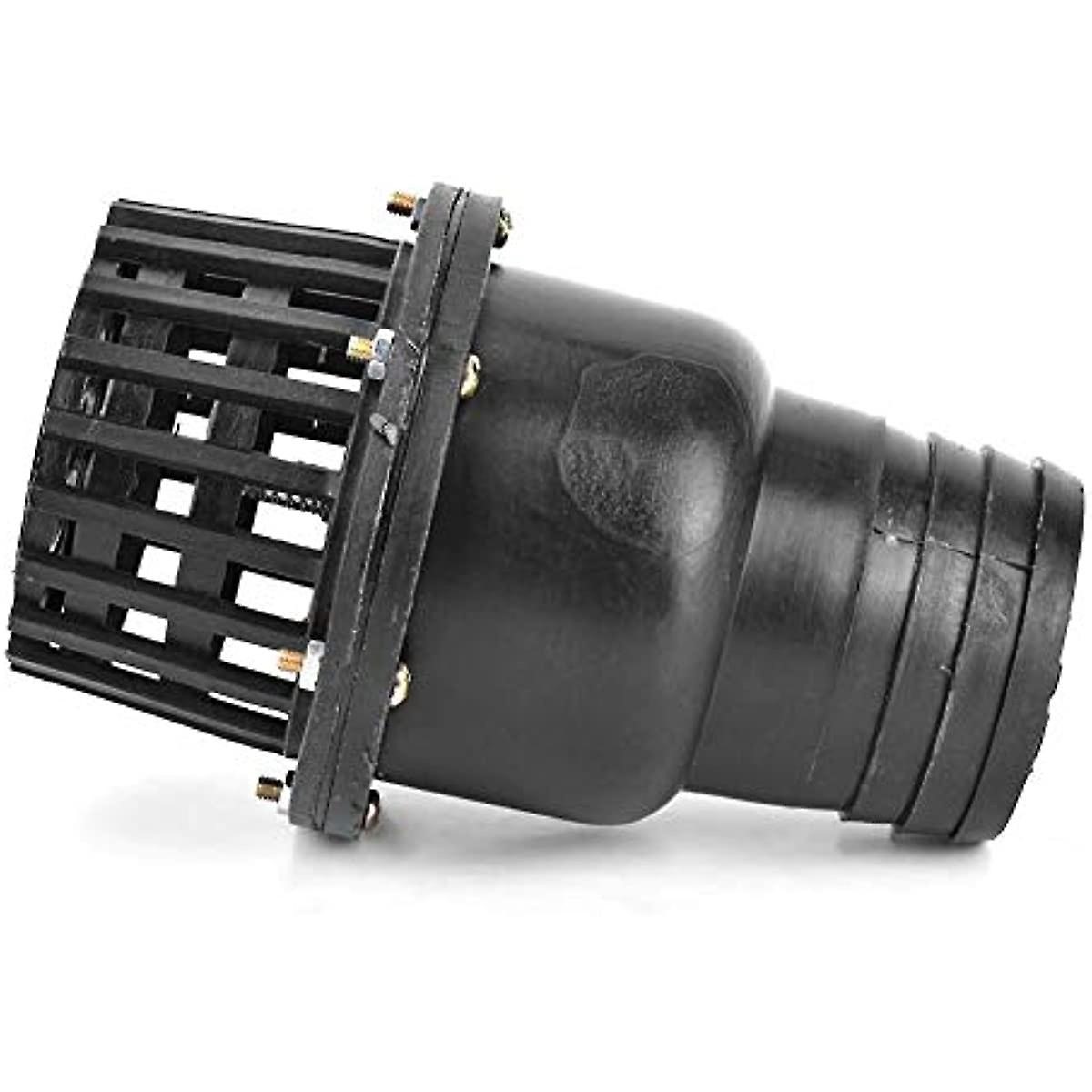

Articles
What Is A Foot Valve For A Water Pump
Modified: December 7, 2023
Learn about the purpose and functioning of a foot valve for a water pump in our informative articles. Explore the benefits and usage of this essential component.
(Many of the links in this article redirect to a specific reviewed product. Your purchase of these products through affiliate links helps to generate commission for Storables.com, at no extra cost. Learn more)
Introduction
Welcome to this comprehensive guide on foot valves for water pumps. If you have ever wondered about the role of a foot valve in a water pump system or how it works, you’re in the right place. In this article, we will delve into the details of foot valves, discuss their importance, installation, and maintenance tips.
A foot valve is an essential component of a water pump system, often overlooked but crucial for its efficient operation. It is designed to allow water to flow into the pump and prevent it from backflowing when the pump is turned off. This prevents the pump from losing its prime and ensures consistent water delivery.
In the following sections, we will explore the key aspects of foot valves, from their function to their installation process and maintenance requirements. So, let’s dive in and discover more about the fascinating world of foot valves for water pumps.
Key Takeaways:
- A foot valve is crucial for maintaining a water pump’s prime, preventing backflow, and ensuring a consistent water supply. Its simple yet effective design plays a vital role in the efficiency of the entire system.
- Proper installation, regular maintenance, and troubleshooting of the foot valve are essential for its optimal performance and longevity. By understanding its importance and function, you can contribute to a reliable water pumping system.
Read more: Where To Install Check Valve On Water Pump
What is a Foot Valve?
A foot valve is a type of check valve that is installed at the end of a suction pipe in a water pump system. It is typically located at the bottom of a well, reservoir, or any other water source from where the pump draws water. Its primary function is to allow water to flow into the pump while preventing it from flowing back out when the pump is not in operation.
Foot valves are essential in maintaining the prime of a water pump, especially in situations where there is a long suction pipe or when the water source is located at a distance from the pump. Without a foot valve, the pump would lose its prime, resulting in air entering the system and causing inefficiencies.
Foot valves are usually made of durable materials such as bronze, stainless steel, or PVC. This ensures their longevity and resistance to corrosion, as they are constantly exposed to water and other elements. They are designed with an opening on one end, covered by a mesh or strainer to prevent debris and large particles from entering the pump.
Foot valves are available in various sizes to accommodate different pump capacities and pipe diameters. It is crucial to choose the right size of foot valve that matches the pump’s specifications to ensure optimal performance.
Overall, a foot valve functions as a gateway for water to enter the pump while preventing backflow, maintaining the pump’s prime, and ensuring a smooth water supply. Its role in a water pump system cannot be underestimated.
How Does a Foot Valve Work?
A foot valve works on the principle of a check valve, which allows fluid to flow in one direction while preventing backflow in the opposite direction. It is designed with a hinged flap or disk that opens when water is drawn into the pump and closes to prevent water from flowing back out when the pump is turned off.
When the water pump is operational, it creates a suction force that draws water through the suction pipe. The foot valve’s role is to maintain the prime by ensuring that water flows freely into the pump. As the water enters the valve, the hinged flap or disk is pushed open, allowing water to pass through and enter the pump.
As the pump operates, it creates pressure that pushes water through the system for various applications. Once the pump is turned off, the flow of water stops, and the foot valve comes into action. The hinged flap or disk immediately closes due to gravitational force and the pressure of the water column above it, preventing water from flowing back down the suction pipe.
The closure of the foot valve prevents the pump from losing its prime, as no air or water can escape back through the suction pipe. This ensures that when the pump is turned on again, it can quickly start pumping water without any interruption or need for priming.
It is worth noting that foot valves may sometimes experience issues with debris, particularly if the water source contains suspended solids or large particles. To overcome this, many foot valves are equipped with a strainer or mesh at the opening to filter out debris and prevent clogging. Regular inspection and cleaning of the strainer are necessary to maintain optimal performance.
In summary, a foot valve allows water to flow freely into the pump while preventing backflow. Its simple yet effective design ensures the maintenance of the pump’s prime, resulting in a smooth and efficient water pumping system.
Importance of a Foot Valve in a Water Pump
The foot valve plays a crucial role in the overall performance and efficiency of a water pump system. Here are some key reasons why a foot valve is important:
- Prevents Loss of Prime: One of the primary functions of a foot valve is to prevent the pump from losing its prime. When a pump loses its prime, it fails to create the necessary suction force to draw water. By maintaining the prime, the foot valve ensures that the pump operates efficiently and consistently.
- Eliminates Air Locks: When a pump loses its prime, air can enter the system, causing air locks. These air locks disrupt the flow of water and reduce the pump’s efficiency. By preventing the loss of prime, the foot valve helps eliminate air locks and ensures a continuous flow of water.
- Prevents Backflow: The foot valve acts as a check valve, preventing water from flowing back down the suction pipe when the pump is turned off. This is important because backflow can cause the pump to lose its prime, leading to inefficiencies and the need for re-priming.
- Protects Pump and System: The foot valve’s strainer or mesh helps filter out debris and large particles, preventing them from entering the pump. This protection is crucial as debris can damage the pump impeller, reduce its lifespan, and affect the overall performance of the water pump system.
- Enables Easy Restart: With a foot valve in place, restarting the pump is hassle-free. Since the foot valve prevents the loss of prime, there is no need for manual priming or additional effort to restart the pump. This saves time and ensures a quick and seamless water supply.
Overall, the foot valve is an integral component of a water pump system that ensures the pump’s proper functioning, eliminates air locks, prevents backflow, protects the pump from debris, and facilitates easy restarts. Its importance cannot be overstated in maintaining an efficient and reliable water pumping system.
A foot valve for a water pump is used to maintain the prime of the pump by preventing water from flowing back down the well. It also helps to prevent the pump from losing its prime, which can lead to air entering the system.
Installation of a Foot Valve
Proper installation of a foot valve is crucial to ensure its optimal performance and the smooth operation of a water pump system. Here are the steps to install a foot valve:
- Select the Right Foot Valve: Choose a foot valve that is suitable for your specific pump and system requirements. Consider factors such as the pipe diameter, flow rate, and the material that best suits your needs.
- Location: Determine the best location to install the foot valve. It should be placed at the end of the suction pipe in the water source, such as a well or reservoir. Ensure that the foot valve is securely positioned at the bottom and does not have any obstructions around it.
- Prepare the Suction Pipe: Clean the end of the suction pipe thoroughly to remove any debris or obstructions. This will help prevent clogging and ensure unrestricted water flow into the foot valve.
- Attach the Foot Valve: Attach the foot valve to the end of the suction pipe. Ensure a tight and secure connection. If necessary, use appropriate fittings or connectors to achieve a proper fit.
- Use Thread Seal Tape or Pipe Compound: Apply thread seal tape or pipe compound to the male threads of the foot valve before connecting it to the suction pipe. This helps create a watertight seal and prevents any leakage.
- Secure the Foot Valve: Once the foot valve is attached, secure it in place using clamps or brackets. This will prevent it from moving or getting dislodged during operation.
- Prime the Pump: Before turning on the pump, it is essential to prime it. This means filling the pump and suction pipe with water to remove any air pockets. Follow the manufacturer’s instructions for proper priming of your specific pump model.
- Test and Monitor: After installation, turn on the pump and observe the water flow. Check for any leaks or abnormal noises. Monitor the foot valve regularly to ensure it is functioning correctly and inspect the strainer or mesh for debris accumulation.
It is recommended to consult the manufacturer’s guidelines or seek professional assistance for the installation of a foot valve, especially if you are not familiar with the process or working with water pumps. This will help ensure proper installation and avoid any potential issues.
By following these steps and taking necessary precautions, you can install a foot valve effectively and contribute to the efficiency and longevity of your water pump system.
Read more: What Is A Water Pump
Maintenance and Troubleshooting Tips for Foot Valve
Maintaining and troubleshooting the foot valve is essential to ensure its optimal performance and prolong its lifespan. Here are some maintenance tips and troubleshooting techniques for the foot valve:
- Regular Cleaning: Inspect the foot valve periodically and clean the strainer or mesh to remove any debris or sediment that may have accumulated. This will prevent clogging and maintain the efficient flow of water.
- Check for Damage: Inspect the foot valve for any signs of damage or wear, such as cracks, breaks, or corrosion. If any issues are found, replace the foot valve immediately to prevent leaks or inefficiencies.
- Test the Flap or Disk: Check the hinged flap or disk of the foot valve to ensure it opens and closes properly. If it is not functioning correctly, it may need to be replaced. Consult the manufacturer’s guidelines or seek professional assistance for replacements.
- Inspect Seals and Gaskets: Check the seals and gaskets of the foot valve for any signs of wear or deterioration. Damaged seals can lead to leaks and reduce the efficiency of the water pump system. Replace them if necessary.
- Ensure Proper Positioning: Verify that the foot valve is correctly positioned at the bottom of the water source, allowing it to draw water efficiently. Improper positioning can result in reduced water flow or potential damage to the foot valve.
- Monitor Water Quality: The quality of the water source can impact the performance of the foot valve. If the water contains excessive debris or sediment, consider installing additional filtration systems or pre-filters to protect the foot valve from clogging.
- Address Loss of Prime: If you notice a loss of prime in the water pump system, check the foot valve for any issues. Inspect the connections, seals, and the condition of the foot valve to identify and rectify any problems that may be causing the loss of prime.
- Consult a Professional: If you encounter any issues or are unsure about troubleshooting the foot valve, it is recommended to seek assistance from a professional. They can provide expert advice, diagnose problems, and offer appropriate solutions for your specific water pump system.
By following these maintenance tips and troubleshooting techniques, you can ensure the proper functioning and longevity of the foot valve in your water pump system. Regular inspections and proactive maintenance will help prevent issues and ensure a consistent and efficient water flow.
Conclusion
In conclusion, a foot valve is a vital component in a water pump system that plays a crucial role in maintaining its efficiency and reliable operation. By allowing water to flow into the pump while preventing backflow, the foot valve ensures the pump maintains its prime, eliminates air locks, and protects the pump from debris and damage.
Proper installation of the foot valve is key to its effective performance. Ensuring a secure connection, appropriate positioning, and priming the pump are essential steps in the installation process. Regular maintenance, including cleaning the strainer or mesh and inspecting the valve for any damage or wear, helps maintain optimal performance and prolongs the foot valve’s lifespan.
Troubleshooting the foot valve is important in identifying and addressing any issues that may arise, such as loss of prime or leaks. Monitoring the water quality and seeking professional assistance when needed can help resolve these problems and ensure a consistent water flow in the system.
By understanding the importance, function, installation, and maintenance of a foot valve, you can contribute to the efficiency and longevity of your water pump system. So, make sure to give due attention to this often-overlooked component and enjoy a reliable and efficient water supply for your various needs.
Frequently Asked Questions about What Is A Foot Valve For A Water Pump
Was this page helpful?
At Storables.com, we guarantee accurate and reliable information. Our content, validated by Expert Board Contributors, is crafted following stringent Editorial Policies. We're committed to providing you with well-researched, expert-backed insights for all your informational needs.
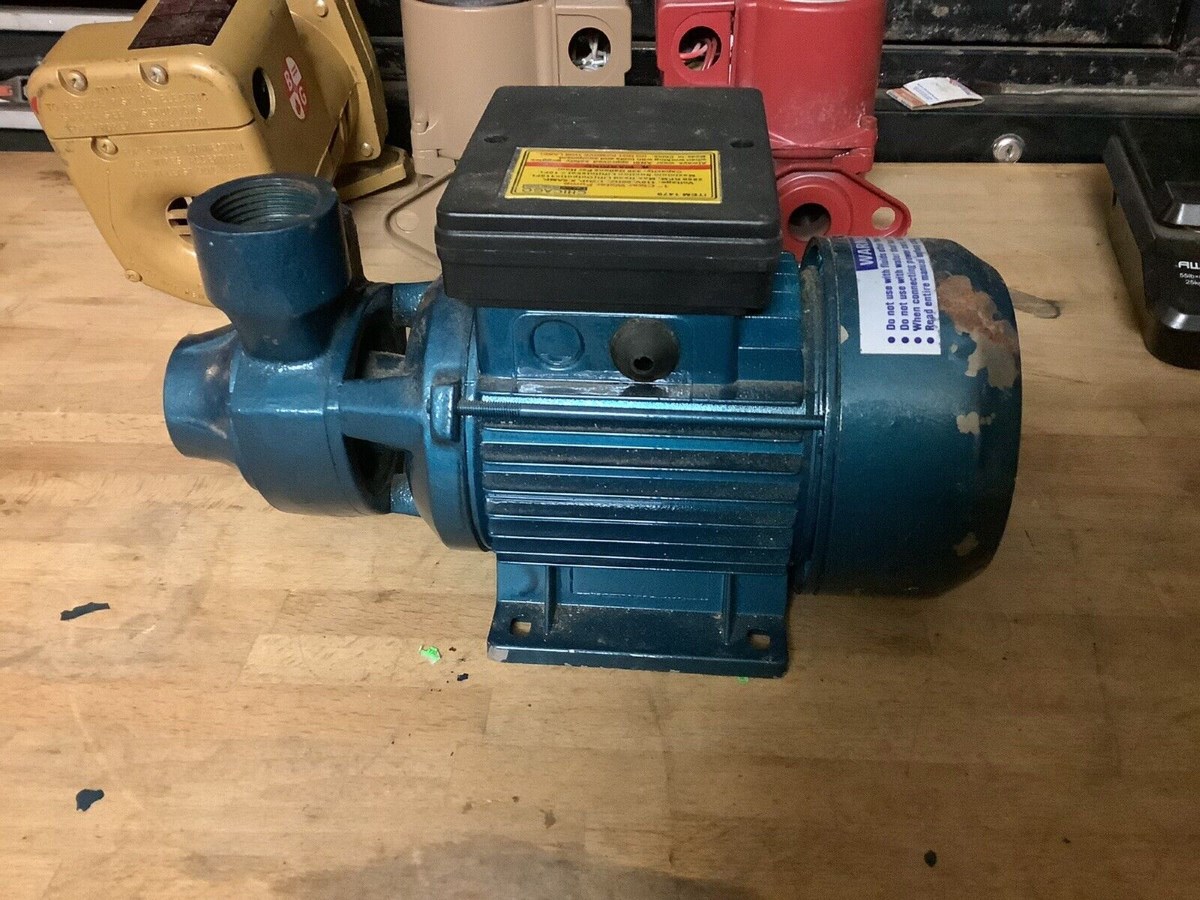
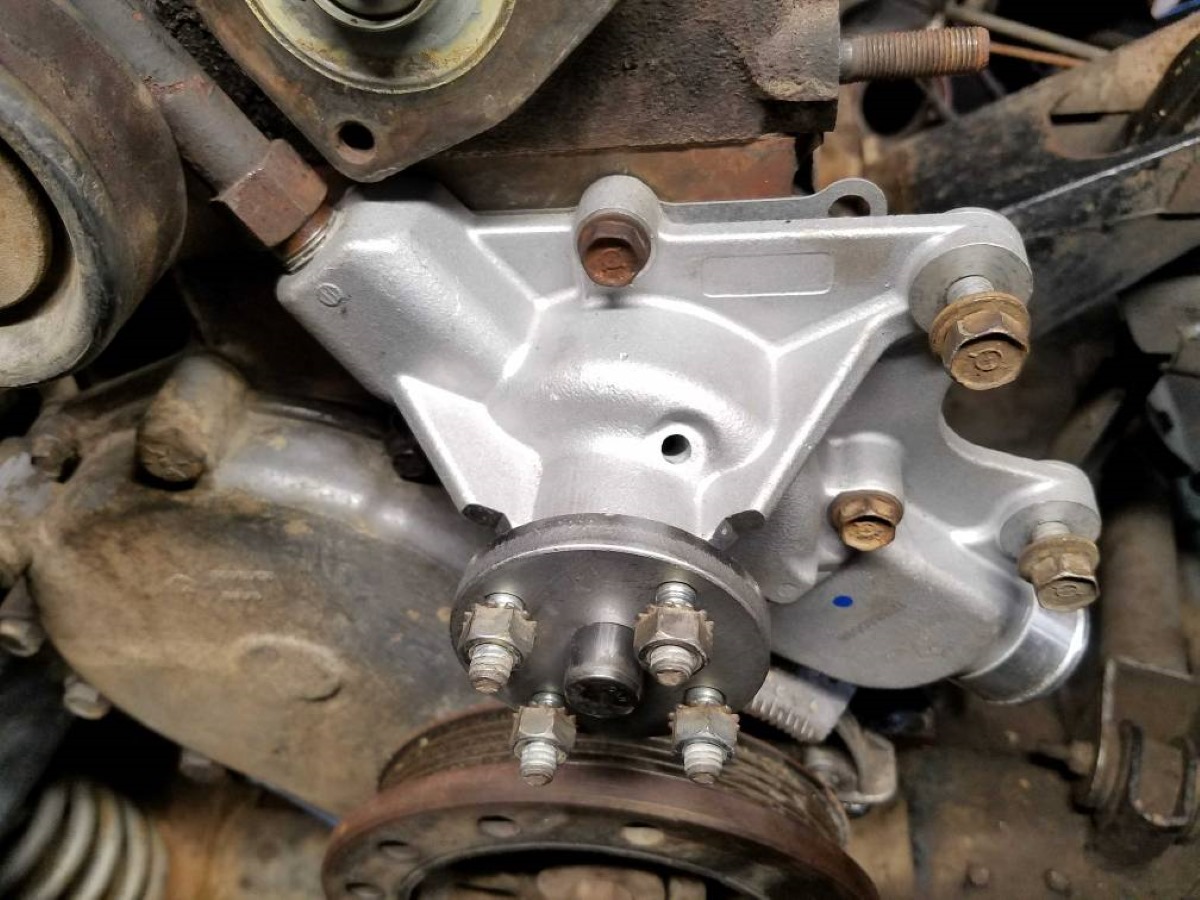
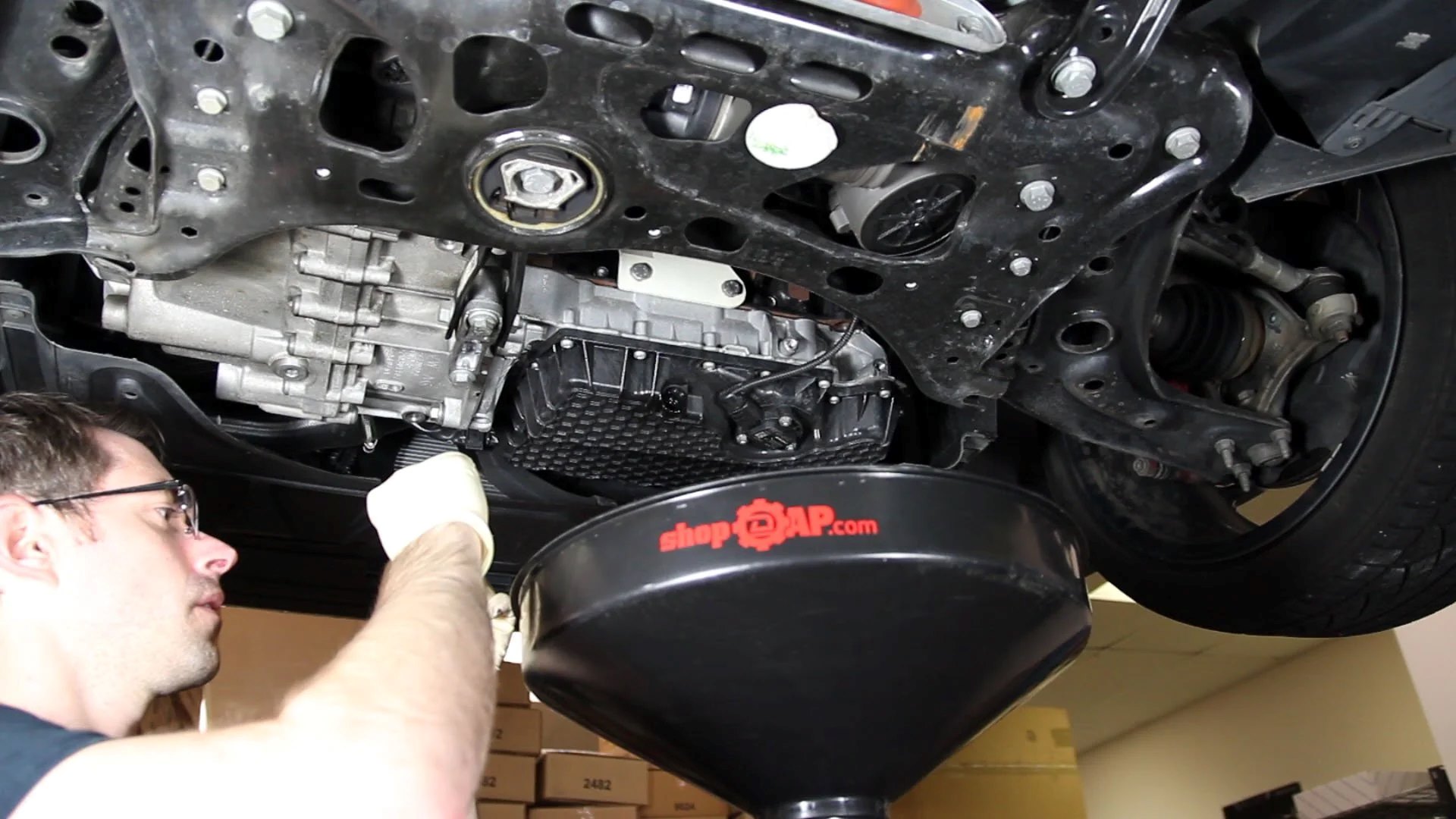
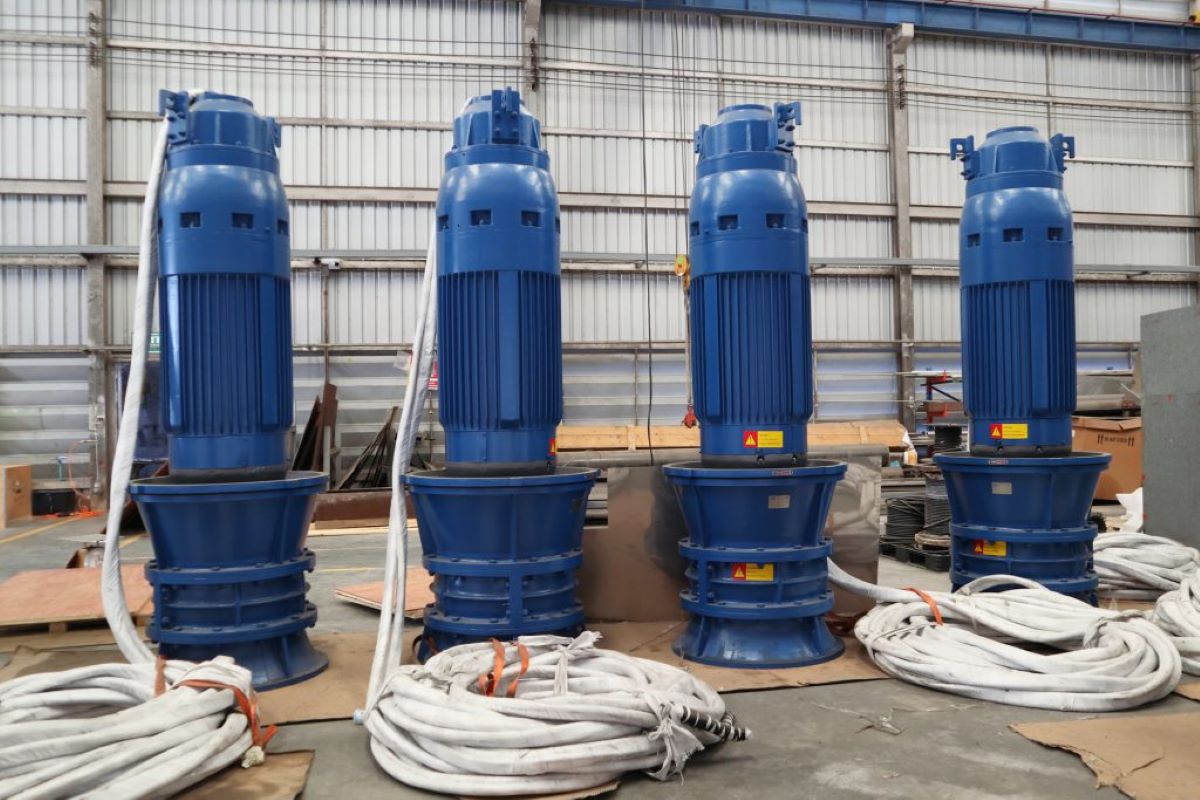
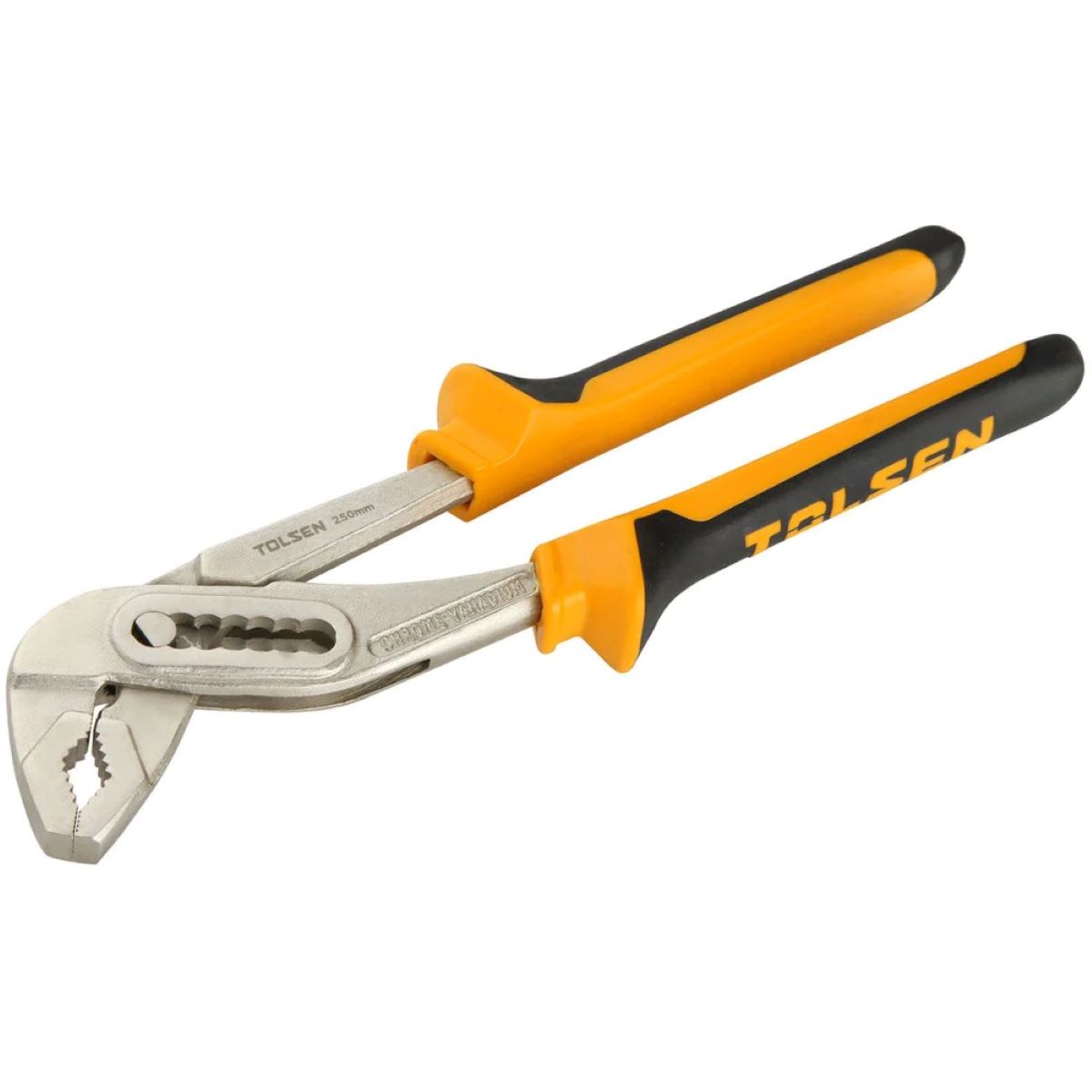
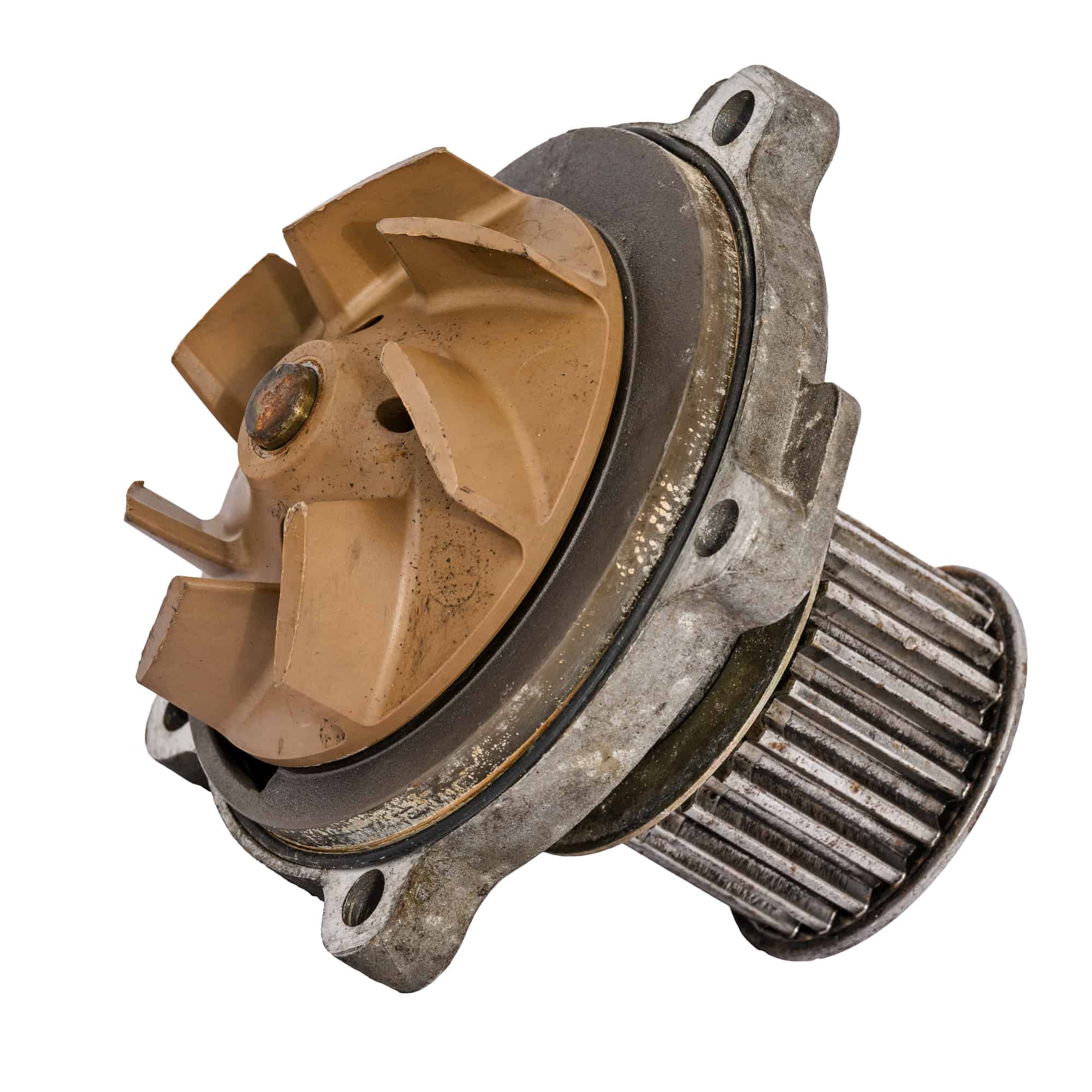
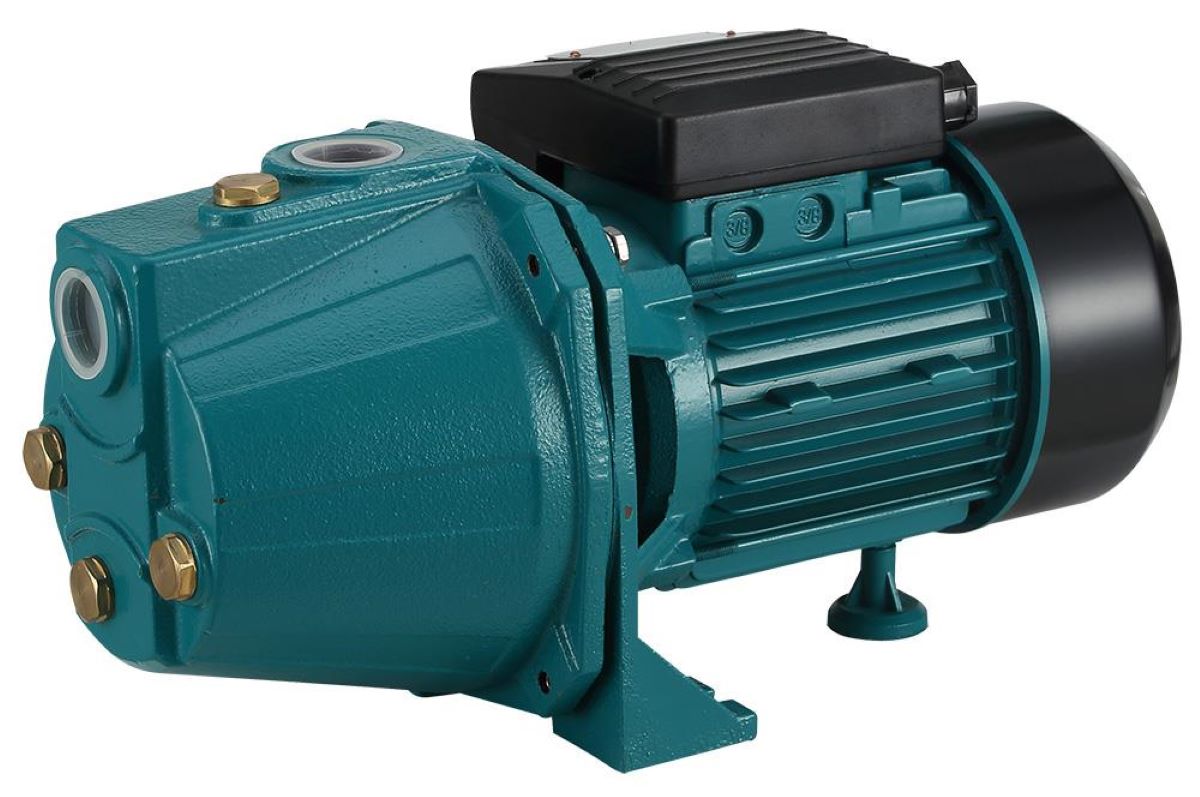
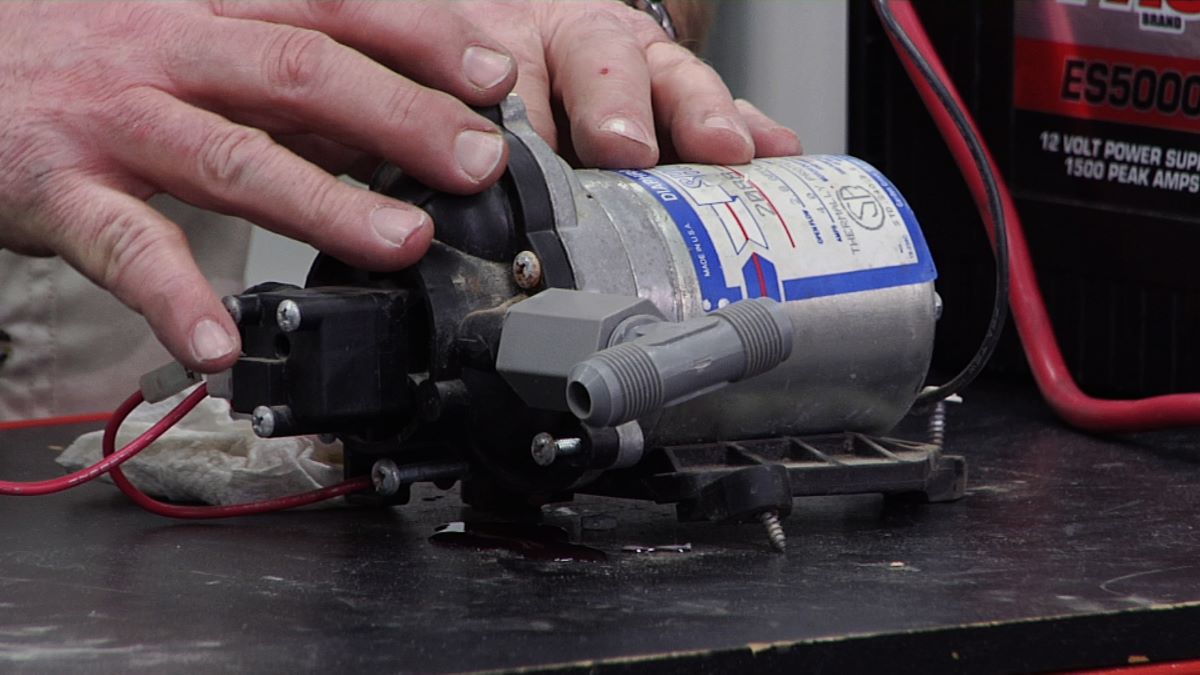
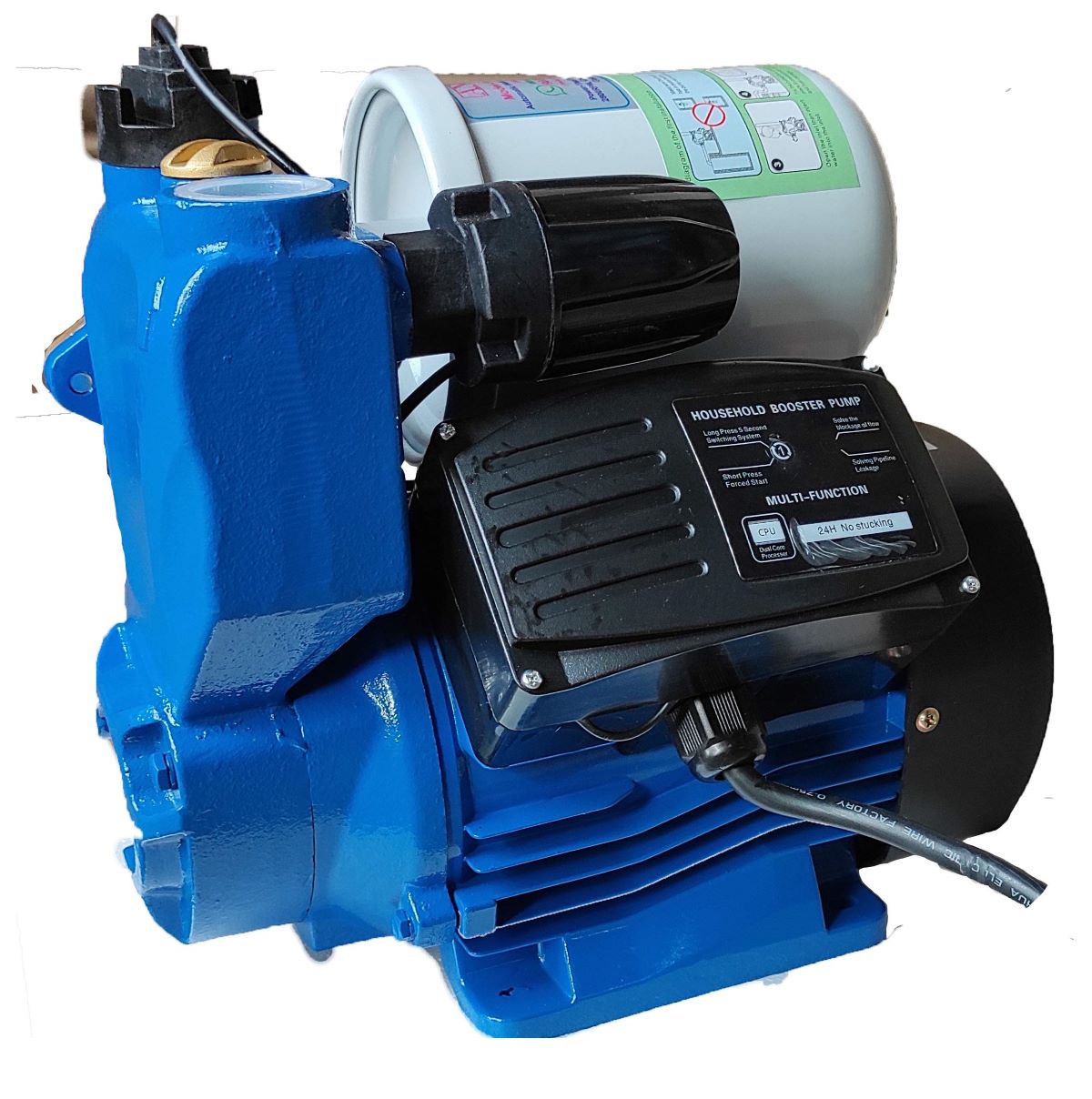
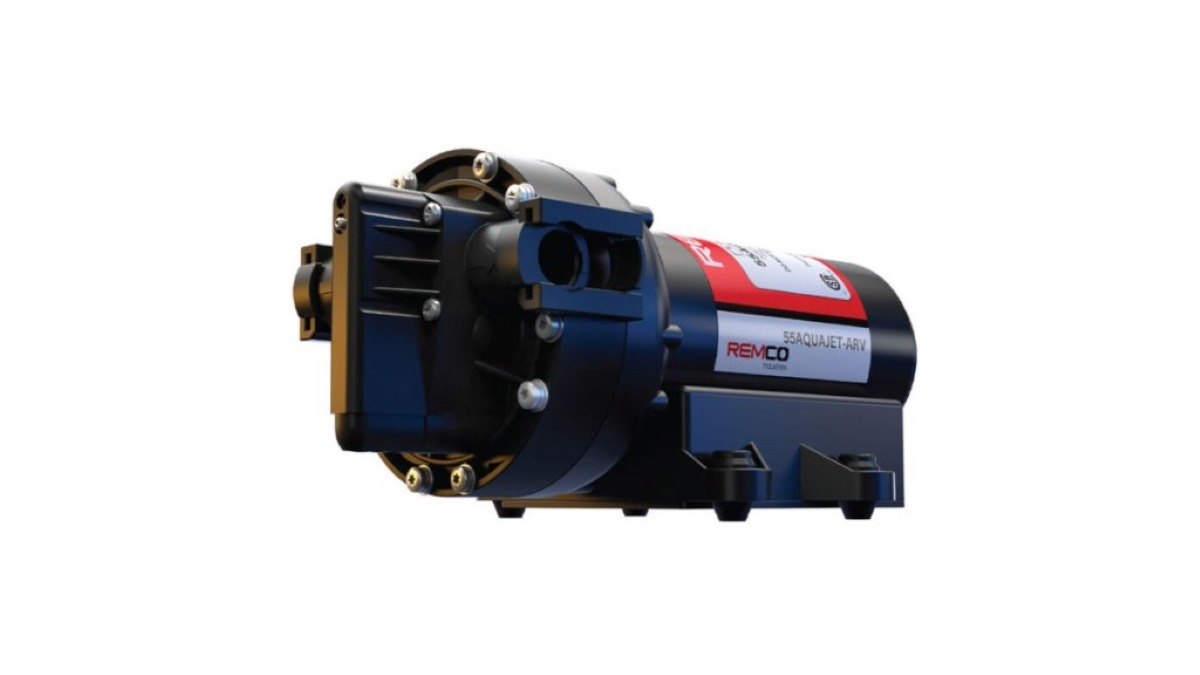
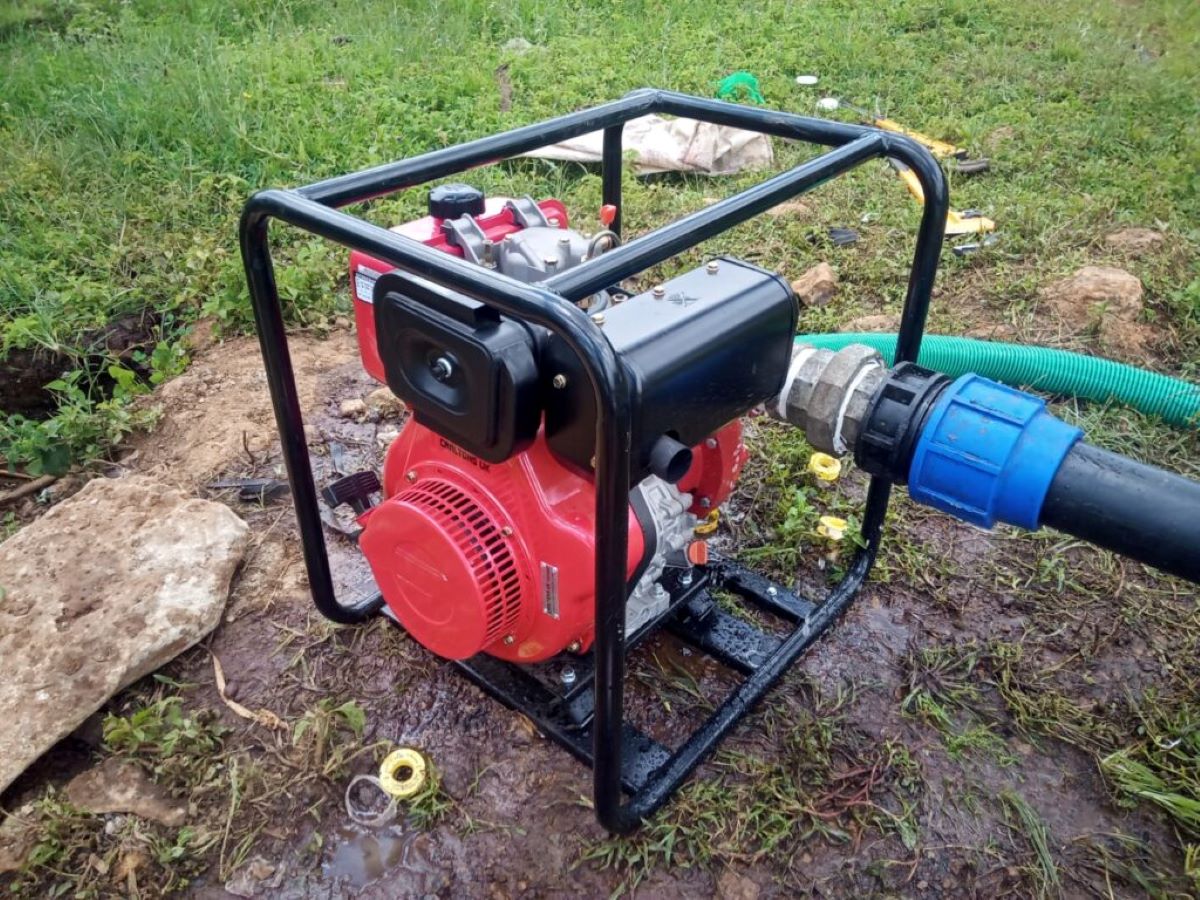

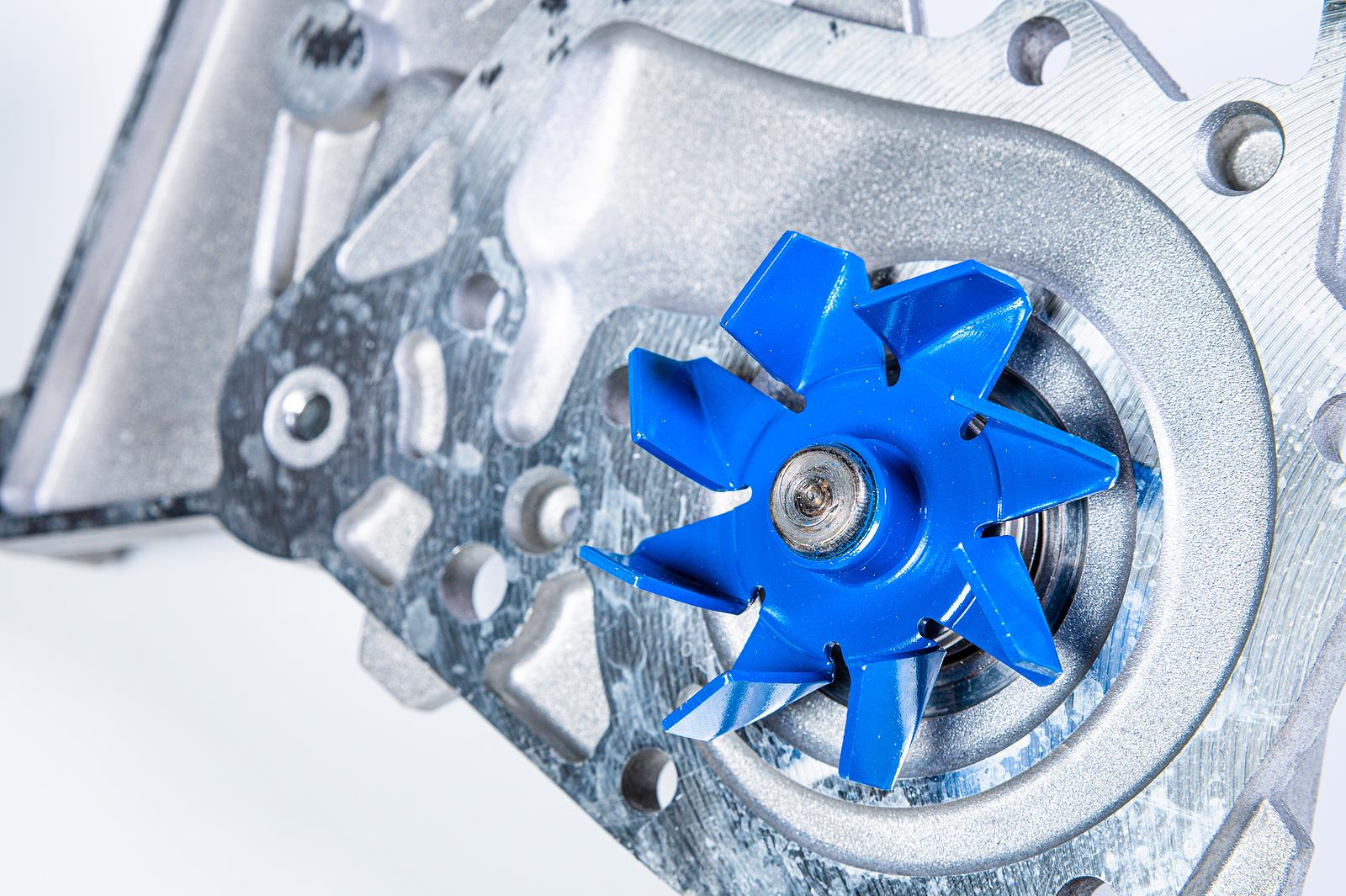
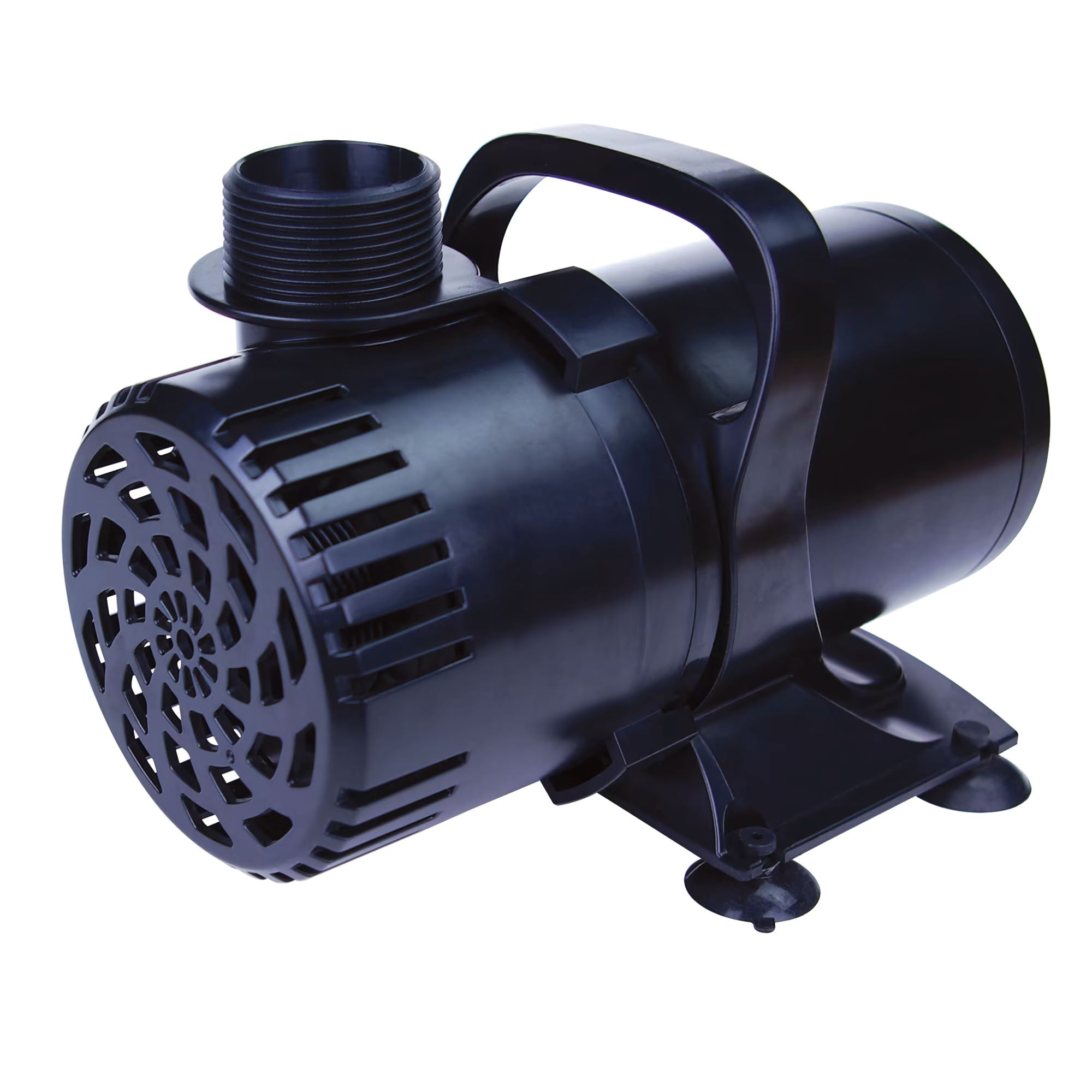

0 thoughts on “What Is A Foot Valve For A Water Pump”